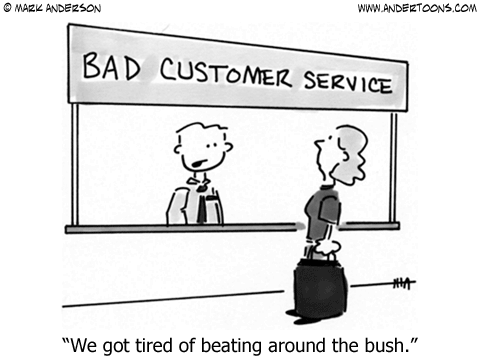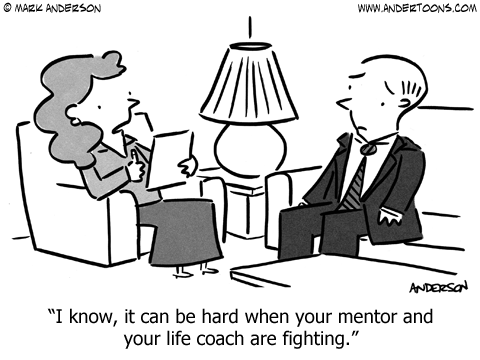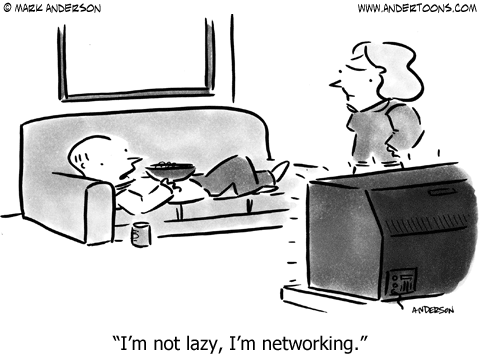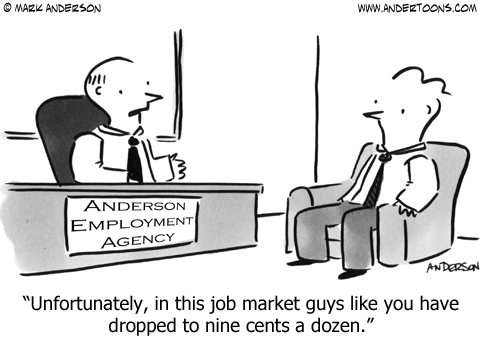At a startup – and arguably at a large company too – there is nothing more valuable than happy customers. They become evangelists of your brand and an extension of your marketing team, referring friends and family. But more important than that is the significant negative impact of a dissatisfied person. An angry customer will tell 20 friends about their experience. Keeping people smiling is critical to your success.
We believe that a large percentage of people are jaded from poor customer service experiences and have actually come to expect bad service. At Modify, one recent customer emailed, “This watch is a piece of junk! It does not turn on!” We spoke with the customer, and found out the watch was perfect: she did not push in the “dial,” which connects the battery. Similarly, at Magoosh, a customer recently emailed saying, “I just paid for your product but when I log in I don’t have access. I’m going to report you to the Better Business Bureau! Get back to me ASAP!!!” It turns out the customer had created two accounts and logged in with his trial account instead of the paying one.
We love that customers reach out when they have problems. But we’ve noticed that they assume the worst because of their poor service experiences with other companies, and we want to fix that.
Here are a few tips we have found work well:
- Set expectations upfront. At Magoosh, we regularly update our messaging based on customer comments to set better expectations. For instance, we have a 7-day “any-reason” refund policy for paid accounts. While we communicate this on the plans page, we have found that some customers didn’t see our return policy prior to purchasing and ask for refunds after 15 or even 30 days. We decided to give these customers refunds, because it was our fault for not stating our policy more clearly. But we also learned our lesson and now include our refund policy in every receipt email as well.
- Apologize! There’s nothing worse than replying to a frustrated customer with, “A mistake was made.” Even writing, “I’m sorry you’re upset” doesn’t do it. Own your errors and say, “We screwed up. I’m looking forward to fixing this ASAP and making things right.” At Modify, we tell customers how we’re going to fix the issue, and we make corrections before they hear from us. A common reply to a shipping error would let customers know that we have already refunded their shipping and provided a 10 percent refund for the annoyance. Then we ask them if we can add extra product of their choice to the new shipment. Go a step beyond the customer’s expectations.
- Answer unhappy customers publicly. With about 25,000 Facebook fans, the Modify team often hears publicly when there is an issue. Reply in public! Let the customer know that you’re not hiding. You’ll also be able to help other fans with similar issues. Don’t forget that a lot of frustrated customers will never discuss their disappointment; they’ll simply never shop with you again. The more public your discourse, the more likely others will chime in with issues. This is good (trust us), as it’ll help you uncover more issues that you need to fix.
- Be human. At Magoosh, every response to a customer is signed with an individual’s name. We also write all of our responses as we would write emails to friends — without corporate jargon. We want our customers to know that they are interacting with real people who care about them. Customers appreciate that they’re getting one-on-one service and often feel like they develop a relationship with our employees. When writing testimonials, customers often thank Magoosh employees by name, which is exactly what we strive for.
At the end of the day, don’t forget that there’s nothing better than being nice. Put yourself in your customers’ shoes. Have you ever had to wait on hold for an hour or felt like a company didn’t value you as an individual? You can change that perception of customer service. Improve loyalty to your brand by delivering exceptional service. Take actions that let your customers know you care.
Both the Magoosh and Modify teams try to think of customers like family. Act with patience and own your mistakes.
Co-author Bhavin Parikh is the founder and CEO of Magoosh, which provides a convenient, fun, and effective way for students to prepare for standardized tests. And Aaron Schwartz is the founder and CEO at Modify Industries, Inc., which designs interchangeable custom watches known as Modify Watches. They both love working on startup ideas and have spent many hours advising others on how to grow their businesses.
The Young Entrepreneur Council (YEC) is an invite-only organization comprised of the world’s most promising young entrepreneurs. In partnership with Citi, YEC recently launched StartupCollective, a free virtual mentorship program that helps millions of entrepreneurs start and grow businesses.















